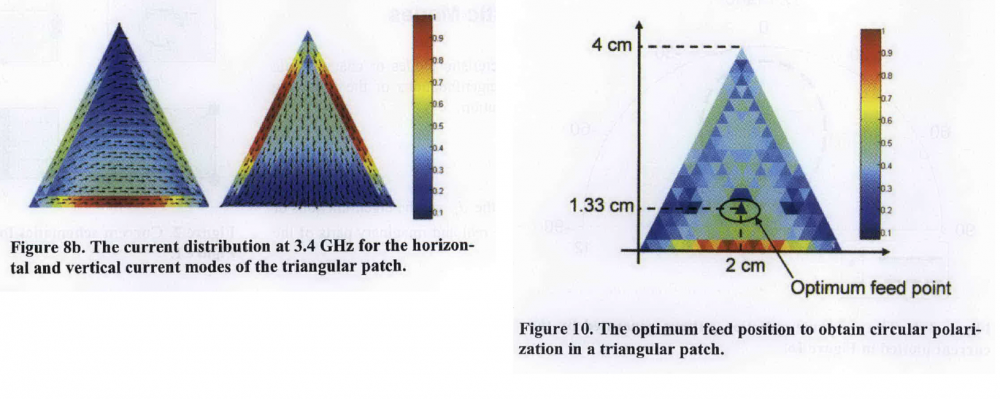Hi! I want to design a circularly polarized antenna using CMA, for that I have to excite two orthogonal modes simultaneously. To locate feeding point to achieve circular polarization we need to plot surface currents of both degenerate modes simultaneously and feeding antenna at the point where surface current of both modes is maximum. I am trying to plot two surface currents but FEKO is not allowing me to plot them. Please help me plotting both currents simultaneously. I have attached figures for the reference, 2nd figure is HFSS plot.
HFSS allows you to plot surface currents of many modes simultaneously.
<?xml version="1.0" encoding="UTF-8"?>